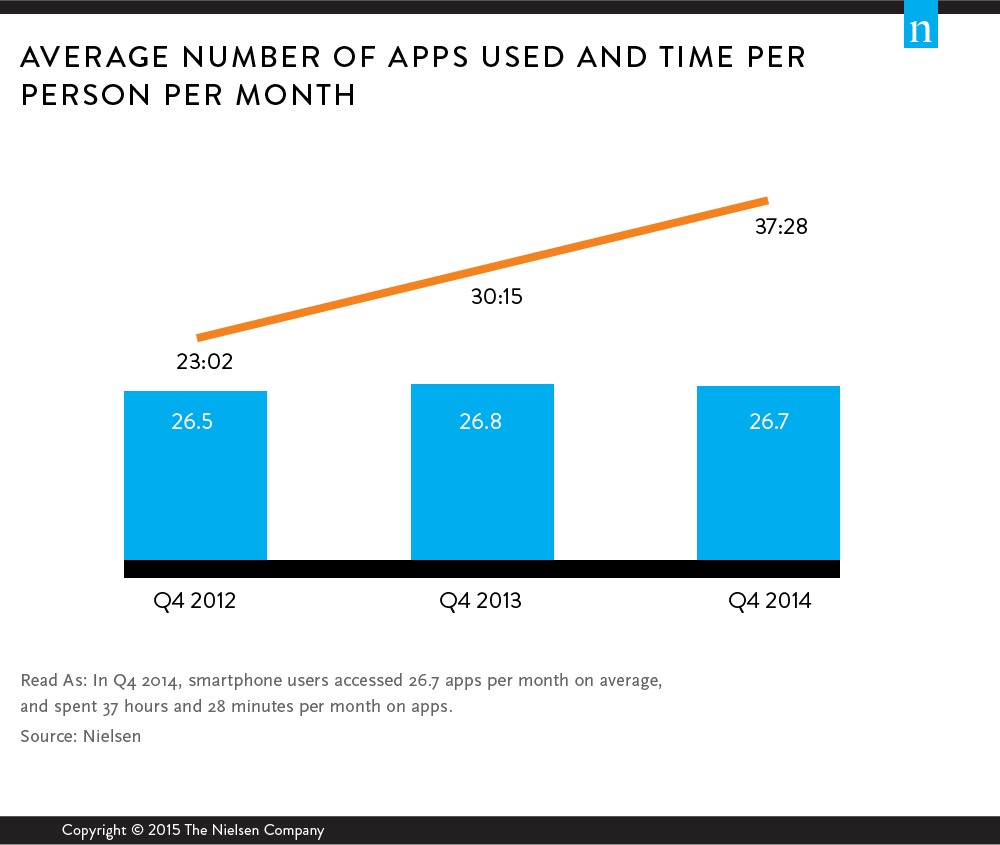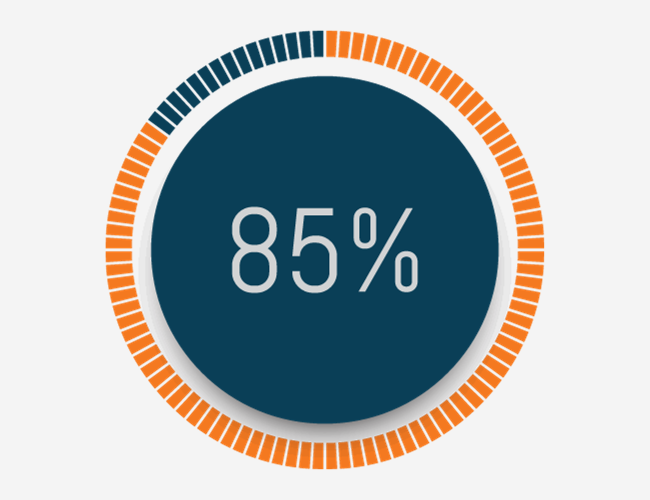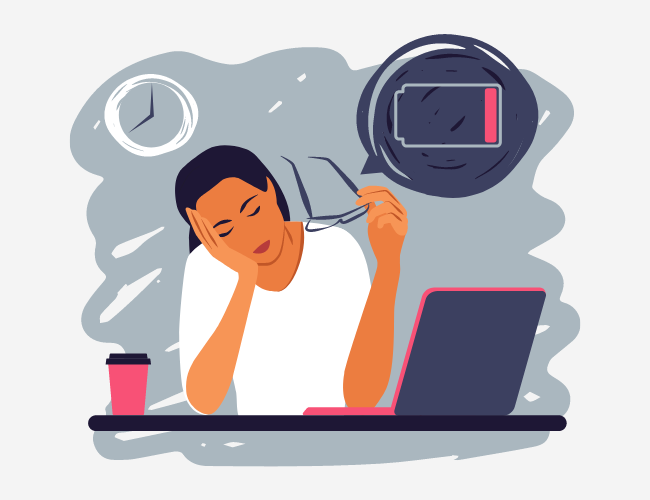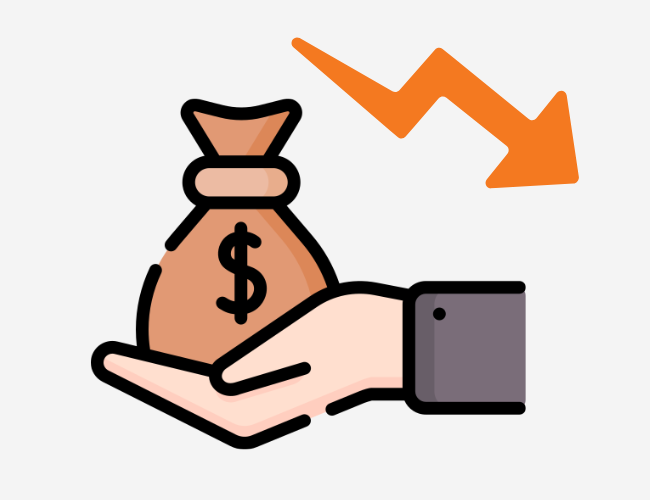According to new data from Nielsen, the average smartphone user in the U.S. spent 37 hours and 28 minutes in apps every month, which is an increase of 63% over the past two years. Despite having millions to apps to choose from, the average users engaged in 26.7 apps per month, which remained roughly flat over the past two years. Furthermore, 70% of total usage came from the top 200 apps.

So what does this information mean to administrators of corporate wellness programs? This new information shouldn’t really come as a shock. Smartphone users are increasing their reliance upon their devices for almost all aspects of their life, including health and wellness. The amount of time spent in apps will likely continue to increase as more and more individuals discover that their smartphones can automate, simplify, and improve their daily lives. However, the number of apps that consumers use on a monthly basis seems to remain flat, and there is no indication that this trend will change, which suggests there is an upper limit to the number of apps individuals will use.
Administrators of corporate wellness programs must understand the mobile world that their employees live in. Introducing a wellness strategy comprised of a proprietary app that is not in the top 200,000, let alone top 200, is almost sure to fail. That proprietary app will have to compete to be the top 26 apps that grabs and retains the attention of the average U.S. smartphone user. This is a daunting task. Rather, wellness administrators should leverage existing apps that are already being used by consumers, have significant brand equity, and have a proven engagement model. For example, the MyFitnessPal, Fitbit, and MapMyRun are three great apps that are already in the top 100 list for free iPhone apps. Working with these existing technologies will increase wellness program adherence and lower total cost of ownership (these apps are free!).
Data like this from Neilson and others is why we encourage a BYOD wellness strategy that leverages existing technologies in the marketplace to support corporate wellness programs. Using these solutions are a win-win for the employee and employer.












